Heritage collection
Here at Mondial, we know our country, our culture – our “Heritage”. We want to share this with mindful and attentive guests and immerse them in a historic world full of wonders and surprises.
Austria is country literally brimming with history and tradition. In modern times where nothing seems to stand still, reflecting on our heritage and customs can convey a sense of calm and stability.
Traditions which have stood the test of time can be found in a number of areas today in Austria, whether it be in cultural, handcraft or culinary settings and what we produce here reflects our values, our way of life and our past. Although a major emphasis is placed on preserving the tried and tested for future generations, changes do still occur in our methods, albeit carefully and with a great degree caution. Sustainable and unique goods, characterized by a high recognition value.
Culinary
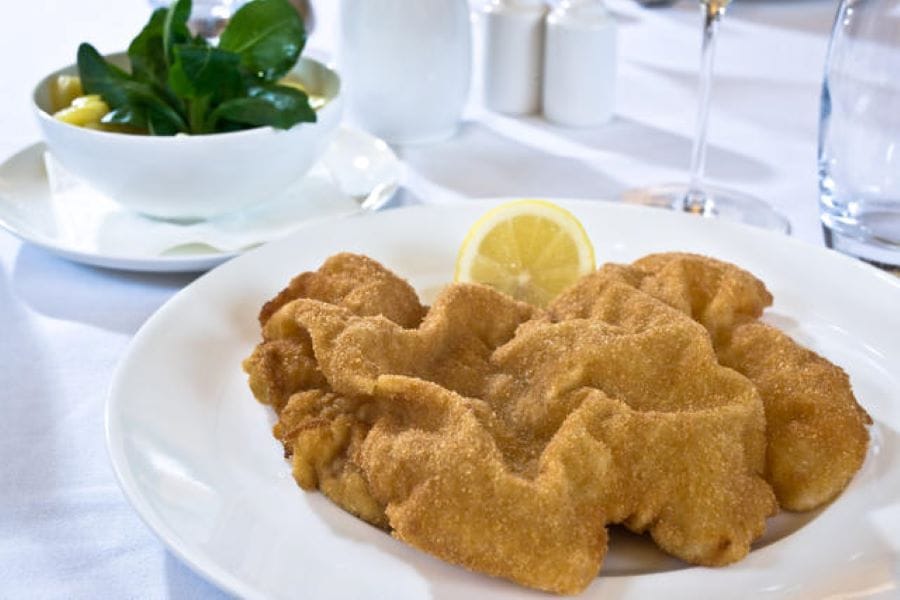
Wiener Schnitzel self-made
The “Wiener Schnitzel” is one of Austria's typical national dishes and the people's favorite - but not all schnitzel are the same! As with cooking in general, the same applies here: It's not difficult, you can just do a lot wrong.
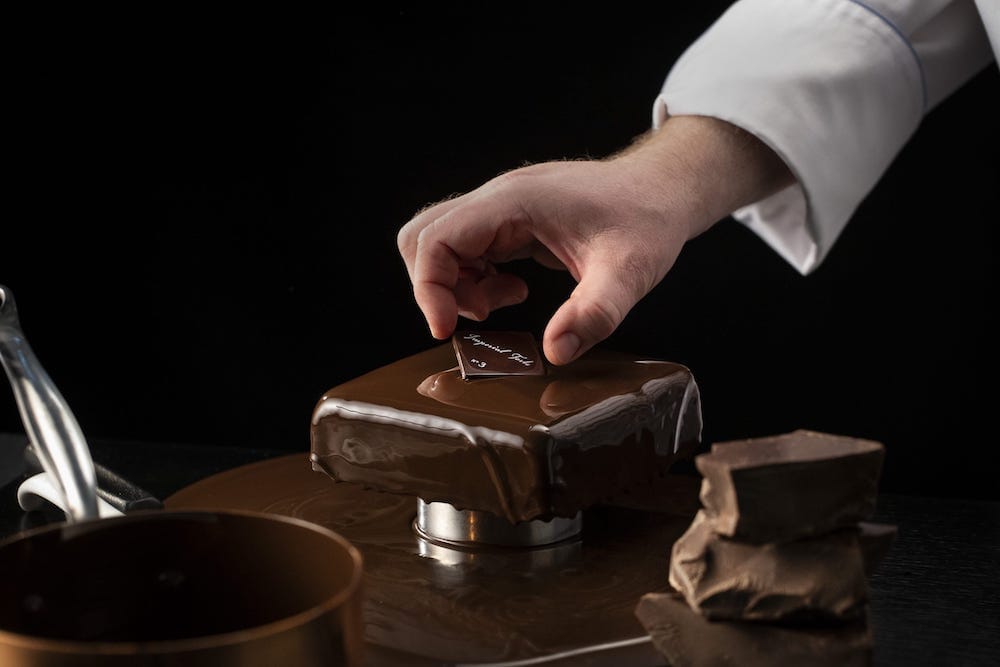
Imperial Torte
An emperor, a kitchen boy, a recipe - the secret of the Imperial Torte has been guarded and preserved since 1873 and continues to delight the guests of the Hotel Imperial in Vienna every day. Handmade layer by layer with attention to detail, and in its characteristic square shape, the imperial master confection is a treat that stands for the tradition and culture of Vienna and wants to whisk you away to the imperial Vienna in 1873.
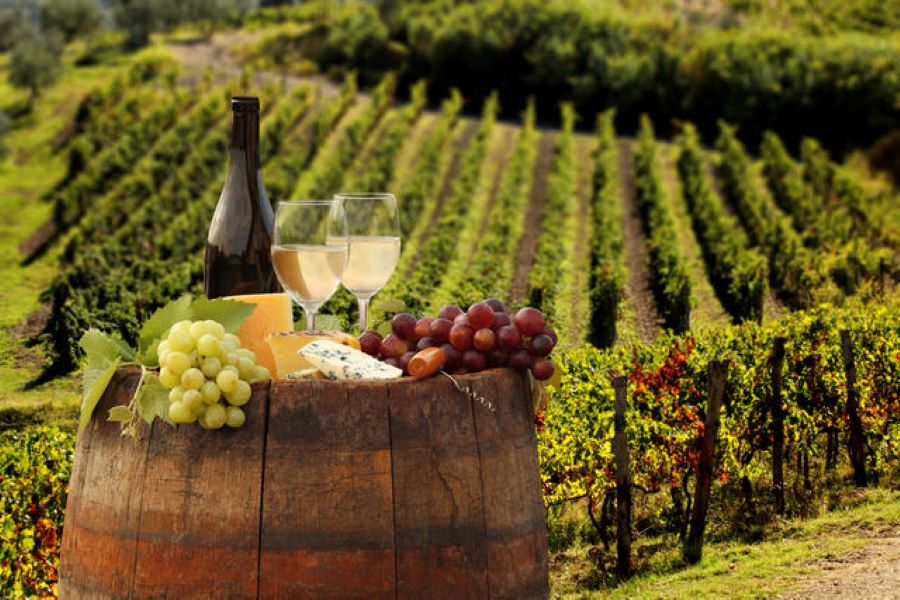
Viennese “Gemischter Satz”
Viennese Gemischter Satz - comeback of a Viennese classic! Experience the diversity of Vienna in just one glass of wine. For this specialty, at least 3, but often up to 20 different grape varieties are planted in a colorful mixture in the vineyard, harvested at the same time and processed together. That's the secret of success for this traditional and extraordinary white wine, because the different aromas and the subtle interplay of the different grape varieties create a unique complexity. Light and fruity, balanced, aromatic, full-bodied to powerful and complex-intensive, the Viennese Gemischter Satz reflects a piece of the identity of the wine city of Vienna, as diverse as Viennese culture.
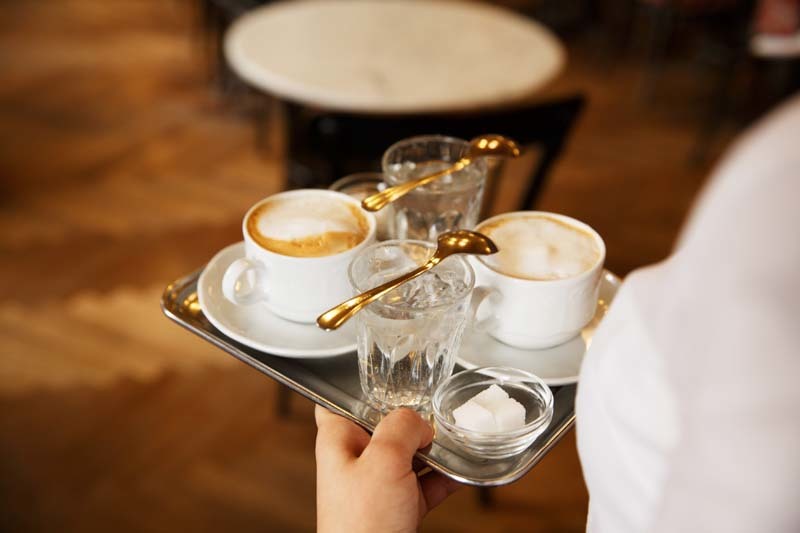
Viennese coffee house
The wealth of coffee varieties in Austria (and especially in Vienna) is unmatched by any other country – up to 40 varieties can be found on many a coffee house menu. Even ordering becomes a challenge that needs to be learned. Enjoy the unique atmosphere and the special flair of a traditional Viennese coffee house, where the waiter will still welcome you with “Madam” and “Sir”.
Apple strudel: Apple strudel was popular among Turkish field troops and so the treat ended up in Vienna at the end of the 17th century during the Turkish siege. The troops withdrew after a while, but the apple strudel stayed and took the Viennese hearts by storm. The oldest surviving recipe from 1696 is kept in the Vienna City Library. To this day, almost every family in Austria has an apple strudel recipe that has been passed down for generations and that they swear by. And just like that, every Viennese coffee house has “its” recipe – we reveal you one of the best.
Handcraft
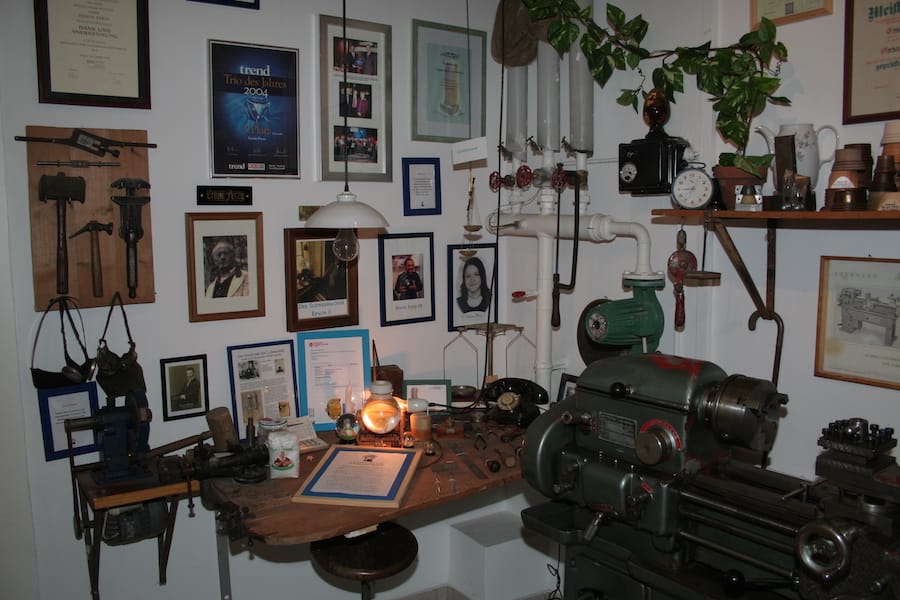
Original Viennese Snow Globes
Erwin Perzy I was a surgical instrument mechanic and inventor in those days. Among other things, he experimented with a so-called cobbler’s ball as he searched for cold light in order to increase the light output of the at that time new carbon filament lamp. This cobbler’s ball was a water-filled ball made of glas with a tubular end and acted like a magnifying glass. Erwin Perzy I added various substances to the glass ball that were supposed to reflect the light, such as grit, which slowly sank down in the water. The Snow Globe was born.
In a cozy atmosphere in the more than 250-year-old company building, historical and current topics relating to snow globes are brought closer to you. On 50m 2 you can admire custom-made products, get an overview about the production of snow globes, gaze at Erwin Perzy’s I studio and be enchanted by a wealth of old and new snow globes. Afterwards you have the opportunity to choose your own small winter world in the adjoining sales room and take it home with you.
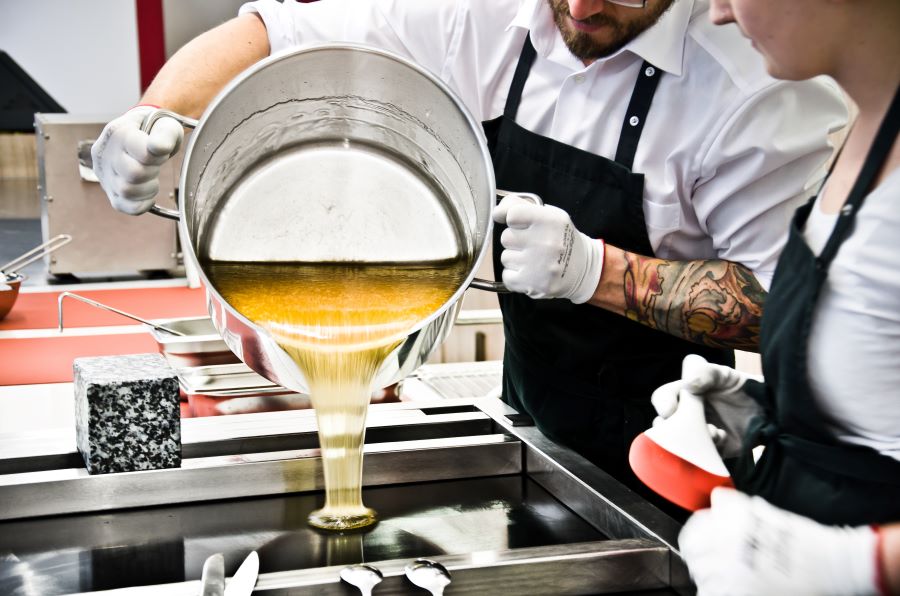
Viennese Candies
Most of us only bring back good memories from our travels, but Maria Scholz and Christian Mayer were enchanted and inspired by a small candy factory and its delicacies during a holiday through northern Europe. They dreamed to also dedicate themselves to the production of small, sweet treats in the future. Back home, Maria and Christian put the idea into practice only a short time later and actually learned this craftsmanship from the last masters of this unfortunately forgotten Austrian tradition.
In the Viennese sugar workshop you can immerse yourself in the secrets of candy production, experience the traditional Austrian candy craftsmanship close up and, on top of that, take the freshly produced delicacies home with you.
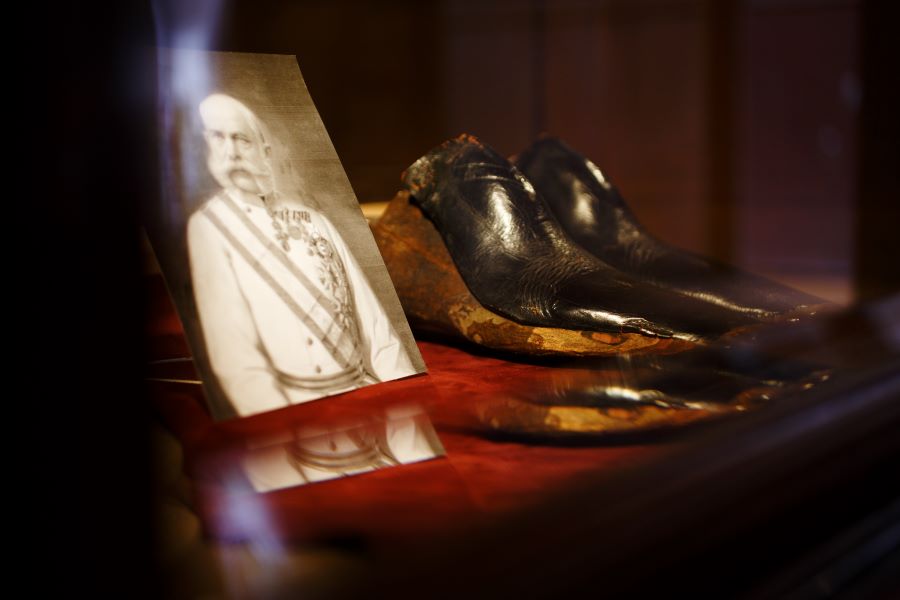
Scheer shoe and leather craftsmanship
The SCHEER world in the heart of Vienna is equally a testimony to history and the present. The tradition of shoemaking has been cultivated here since 1816 and, just like in the old days, the bespoke shoes are designed and manufactured entirely by hand. A maximum of 300 pairs of these unique pieces leave the manufactory every year. Even today, the former Imperial and Royal court- and chamber shoemaker is valued around the world, whose secrets of unique orthopedic knowledge and craftsmanship have been passed on from one to the next for seven generations now. The incomparable leather collection of the Scheer family is world famous too; the skins have been collected and saved for the last 200 years.
A visit to the SCHEER world resemble to a journey of the senses: the unique architecture of the house, the exhibits on display that tell the story of the family company and numerous sounds and smells accompany you on a walk through the rooms of the studios and the museum. In recent years, Scheer has continuously expanded its premises and range of accessories, repair services, guided tours and SCHEER food – always with respect for the pioneering work of the past generations, which must not be forgotten. The current representative of the family, Markus Scheer, is both the keeper of a jewel and the designer of the new SCHEER world, which combines the expanded range with the tradition of the past.
Culture
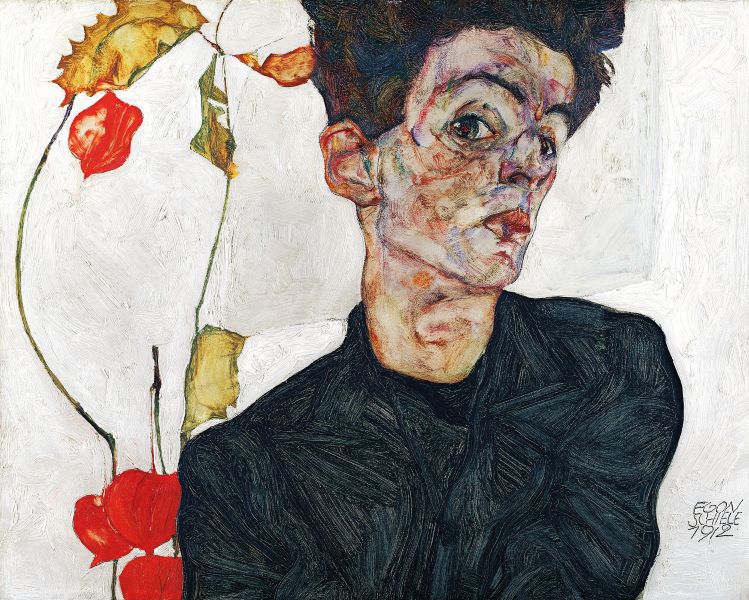
Egon Schiele
No artist in Vienna around 1900 was as intensely concerned with the depiction of his own face, his own body, his own personality as Egon Schiele (1890-1918). As a result, his name became synonymous with Viennese Modernism as a visual manifestation of one of its central themes: the crisis of the individual. The "Self-Portrait with Lantern Fruits" from 1912 is one of Schiele's best-known works today and shows the artist on the peak of his creativity. Discover the entire oeuvre of this exceptional artist from his first works to his late artistic phase.
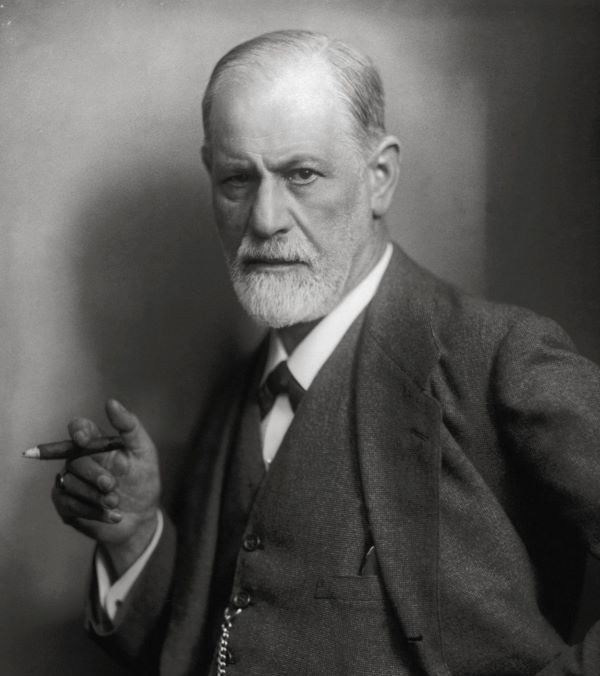
On the trail of Sigmund Freud
Who doesn't know it: "Dream Psychology: The Interpretation of Dreams" by Sigmund Freud, published in 1900. One of his groundbreaking works in which he proved that every dream contains unconscious desires. Univ.-Prof. dr Sigmund Freud, neurologist, psychoanalyst. The founder of psychoanalysis and depth psychology. Since then, we know that there is something unconscious in the human soul that is responsible for our actions. He is still considered one of the most influential and important thinkers of the 20th century.
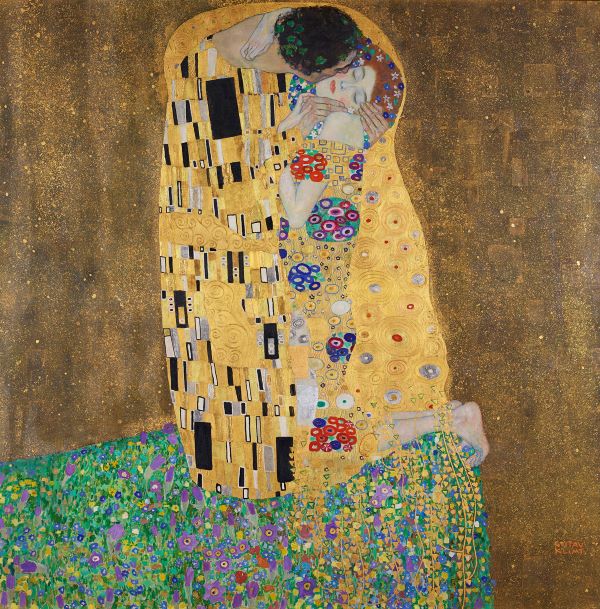
Gustav Klimt
With its impressive art collection, the Belvedere Gallery in Vienna is one of the leading international museums in the world, with works from the Middle Ages to the present day. The two Belvedere palaces were built in the early 18th century by Johann Lucas von Hildebrandt, a popular baroque architect, as a summer residence for Prince Eugene of Savoy (1663 to 1736). Today they shelter the world’s largest collection of paintings by Gustav Klimt, as well as other important works from the Viennese Biedermeier period, the Austrian Baroque, the Vienna era around 1900 and French Impressionism. Austrian art is presented in an international context at a total of three locations. Exhibiting, researching, collecting, communicating and preserving are the main tasks of the institution, and the ongoing development and digitalization in all areas will ensure the Belvedere’s status as an outstanding museum in the future.
One of the highlights is, of course, the world’s largest collection of Gustav Klimt paintings, which we would like to introduce to you. Special events and individual guided tours let you immerse yourself in the artist’s world, one of the most important painters in Austria and the best-known representative of Viennese Art Nouveau, founding president of the Vienna Secession, and creator of the world-famous painting “The Kiss”.
 +43 1 58804 - 9992
+43 1 58804 - 9992 +49 211 616 818 0
+49 211 616 818 0